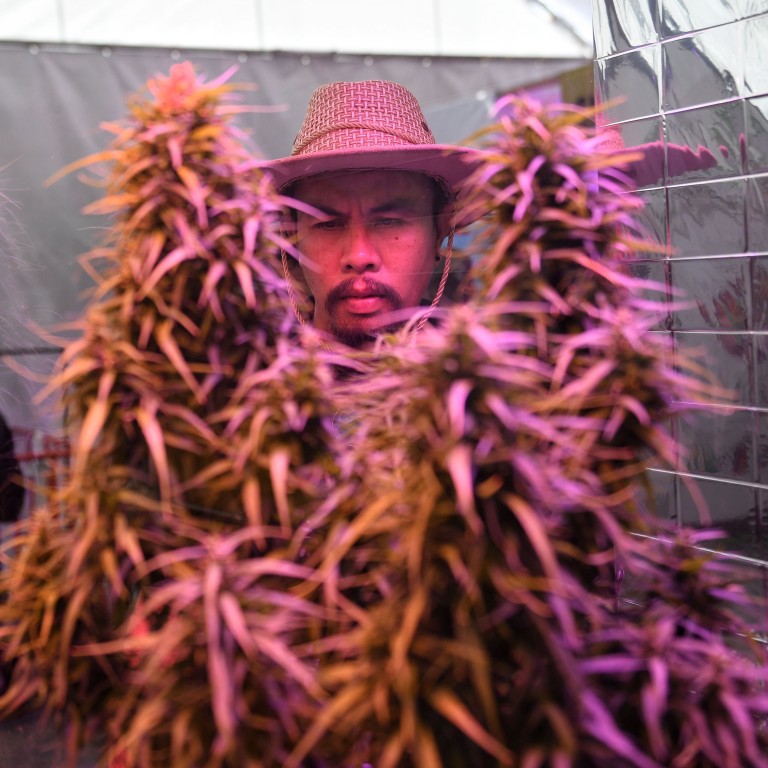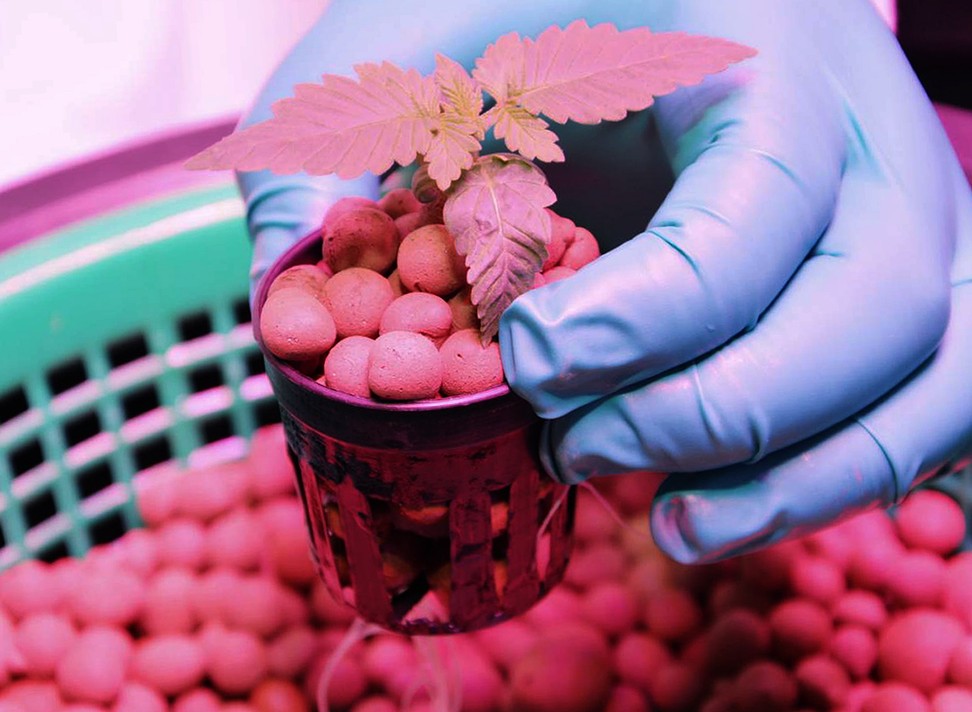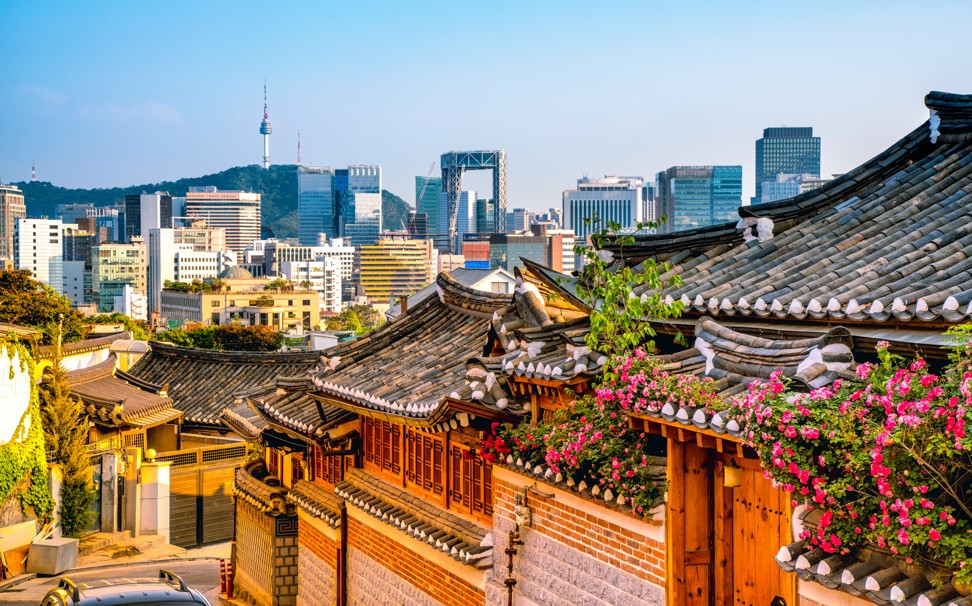
Cannabis tourism in Thailand – high time for medical marijuana-inspired travel
- Officials hope to launch medical marijuana tourism in the Southeast Asian nation to attract ‘quality’ visitors
- Estimates suggest the nascent industry could bring in as much as US$687 million by 2024
Thailand’s relationship with weed is one of highs and lows. The drug has long been used in traditional Thai medicine and cooking, but the possession, sale and use of cannabis was criminalised in 1934. However, that didn’t stop American troops who were stationed, or enjoying rest and recreation, in Thailand during the Vietnam war from developing a taste for the country’s infamous, indigenous strain – “dense, seedless, stronger than a bull elephant”, as per pot publication High Times. Those GIs helped its appeal to spread internationally; the word “bong” is said to have emerged from the Thai “baung”, which means a cylindrical wooden tube, via Vietnam veterans.
By the 1980s, Thailand had become one of the leading exporters of the plant, much to the chagrin of the United States, which eventually convinced the Southeast Asian nation to join its campaign against cannabis, effectively ending the illegal trade between the two countries (but turning Thai drug users onto methamphetamines; 177,847 people sought treatment for meth use in 2017, compared with 14,616 for marijuana, according to the United Nations Office on Drugs and Crime).
In 2016, then justice minister Paiboon Koomchaya declared the war on drugs lost and attitudes shifted, leading to the legalisation of marijuana for medical use last December, a landmark development that “could see the country return to its green glory days”, according to Vice magazine, and might influence drug policy across the region. “Thai cannabis will soon be the global industry’s profit leader, like Swiss watches or Apple smartphones,” Jim Plamondon, vice-president of marketing at the Chiang Mai-based Thai Cannabis Corporation, told Vice.
Thailand’s new tourism and sports minister, Pipat Ratchakitprakan, has high hopes for the economic benefits of weed tourism, too. “We would like to provide medical tour packages, such as detox, Thai massage and other wellness courses that use marijuana substances,” he said on his first day in office, in July, according to a Bangkok Post report. Yuthasak Supasorn, governor of the Tourism Authority of Thailand, seconded the minister, telling the newspaper that the agency was keen to promote medical marijuana to build “quality tourism”, meaning high-spending visitors from Europe and America, especially as arrivals from the country’s main source market, China, have fallen amid the Sino-US trade war.

Cannabis tourism is on the rise around the world. In American states such as Colorado and California, companies lead tours of dispensaries and growing facilities, and even organise weed-fuelled art jams and cannabis cooking classes. And the billion-dollar industry is expanding as destinations from Barcelona to Lisbon relax regulations.
Cannabis research firm Prohibition Partners estimates that Thailand’s cannabis industry could grow to 21 billion baht (US$687 million) by 2024. “A regulated legal cannabis market could be transformative for patients, farmers and economies across Asia,” Daragh Anglim, managing director at Prohibition Partners, told the Bangkok Post in May. “From a financial standpoint, as the world’s most populous region, the legalisation of cannabis could encourage robust economic growth across the region, buoyed by both local and international demand.”
As Southeast Asia’s most progressive pot pioneer, when it comes to cashing in on cannabis tourism, even if it is confined to the medical marijuana market for the time being, Thailand is well positioned to take the lead. Or should that be, “toke the lead”?
India’s Taj Mahal extends its opening hours for night owls

To book full-moon visits, tourists must contact the Archaeological Survey of India Office at 22 Mall Road, Agra, tel: 91 562 222 7261.
Amid the Japan-South Korea trade dispute, airline tickets in free fall

On September 8, the Nikkei Asian Review reported that one-way ticket prices from smaller Japanese cities to South Korea’s capital, Seoul, have fallen to as little as 1,000 yen (US$9.3). CNN followed up with an article on September 10 stating that to get from Seoul to Fukuoka costs just 10,000 won (US$8.5), although admittedly these prices do exclude taxes and fuel surcharges.
At the time of writing, Destinations Known found one-way flights from Seoul to Osaka from HK$272 (US$35), all-in. Flying from Osaka to Seoul is marginally more expensive, at HK$386.

